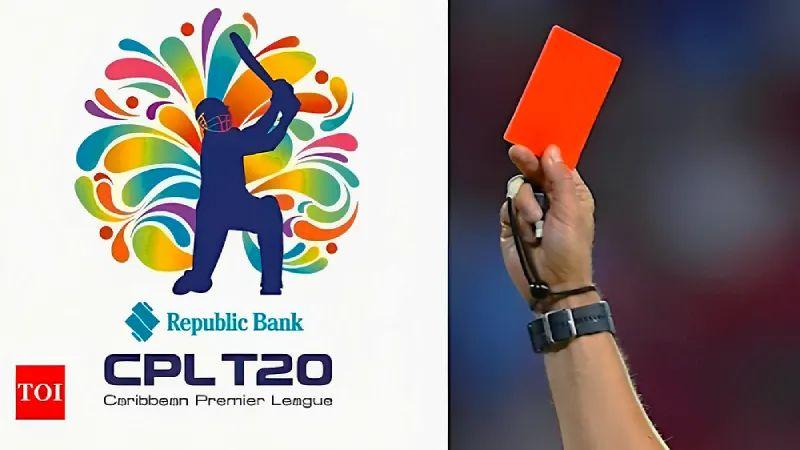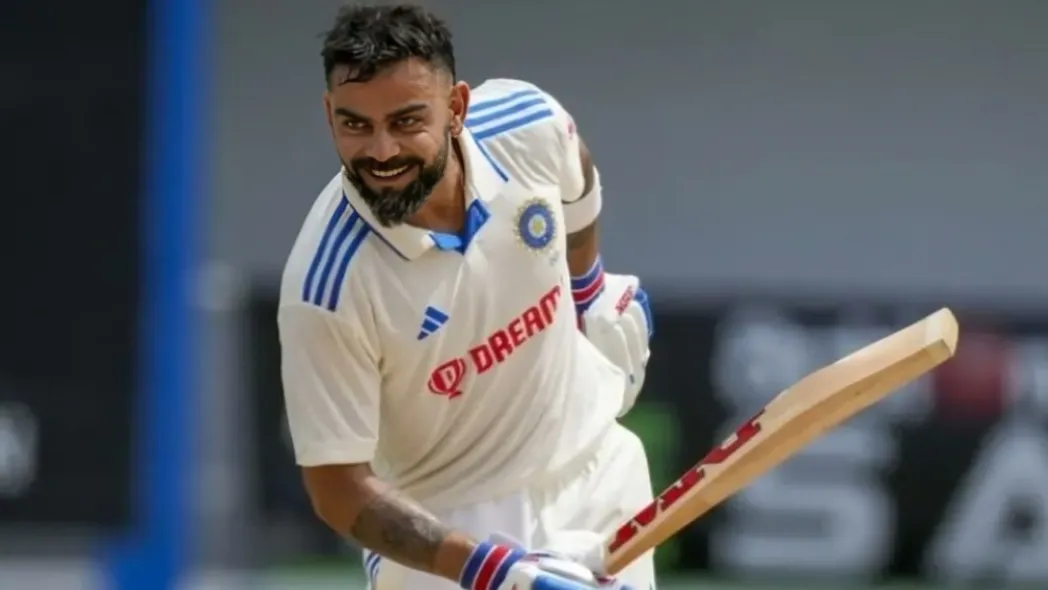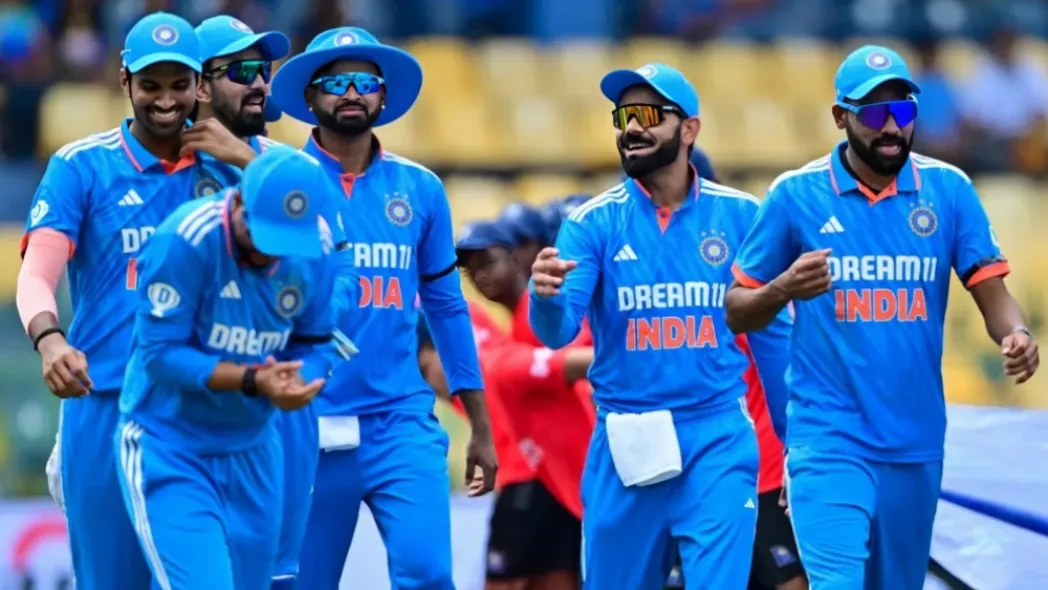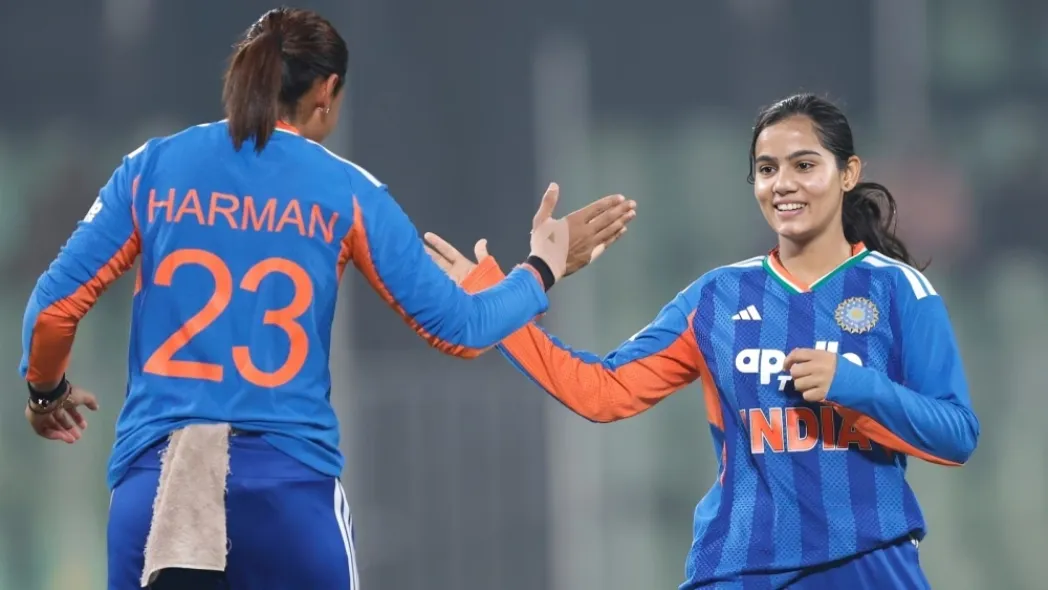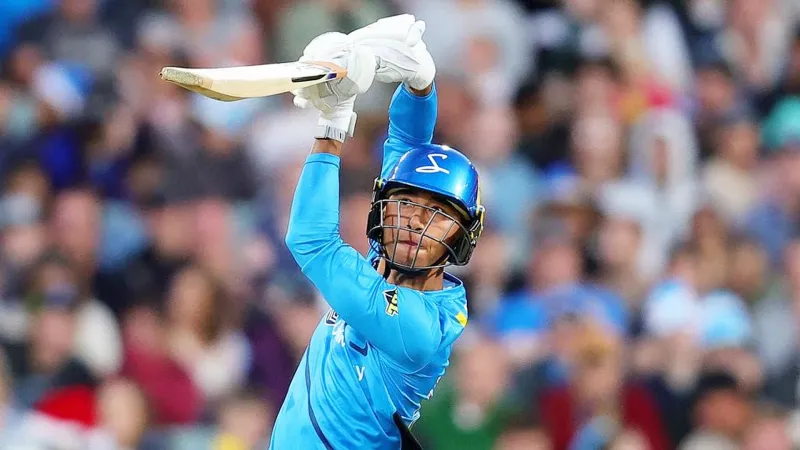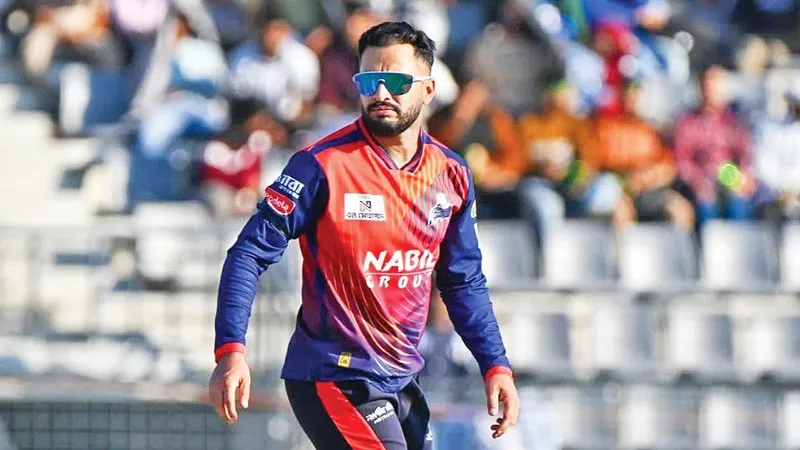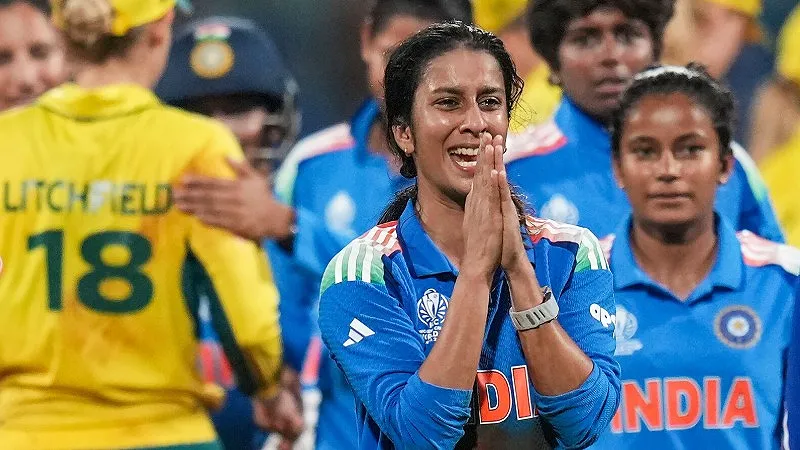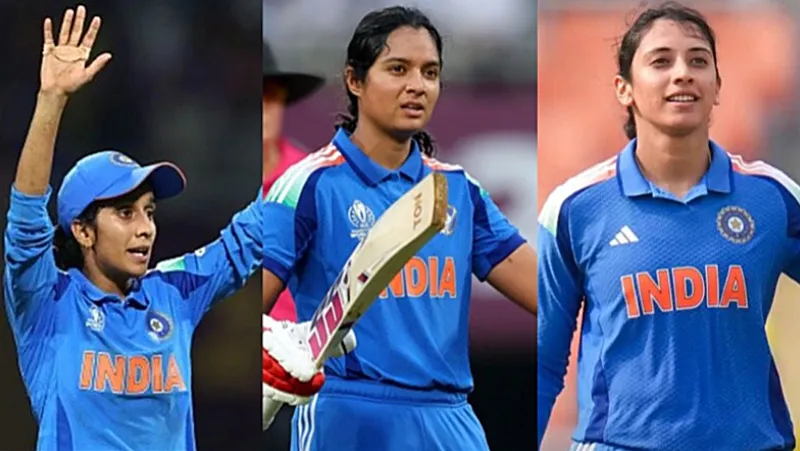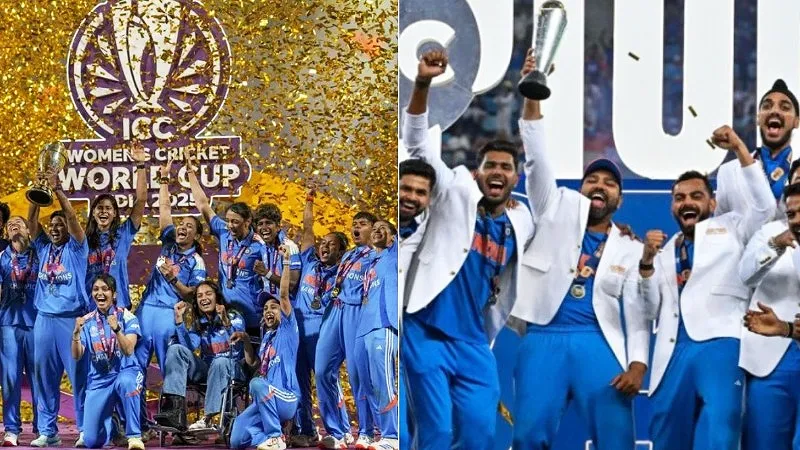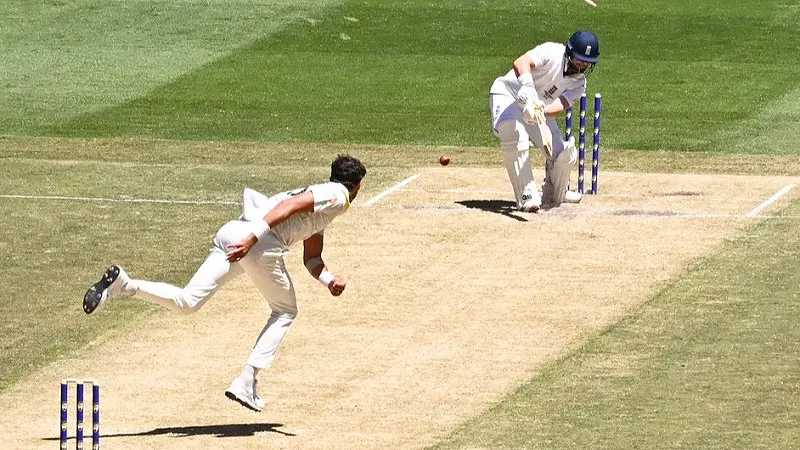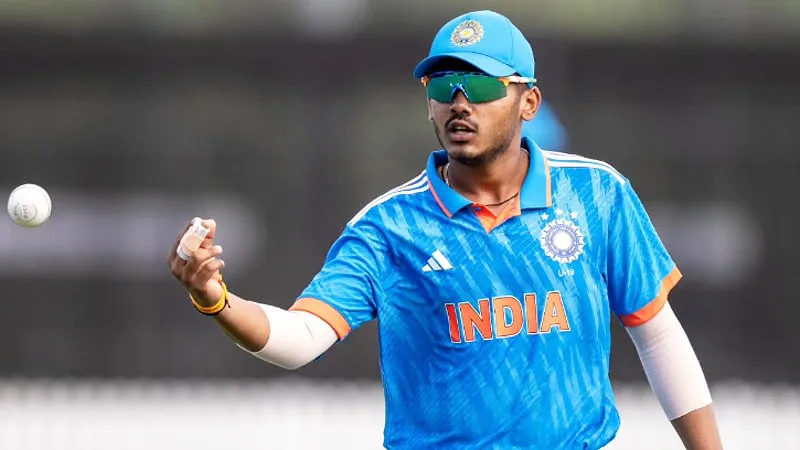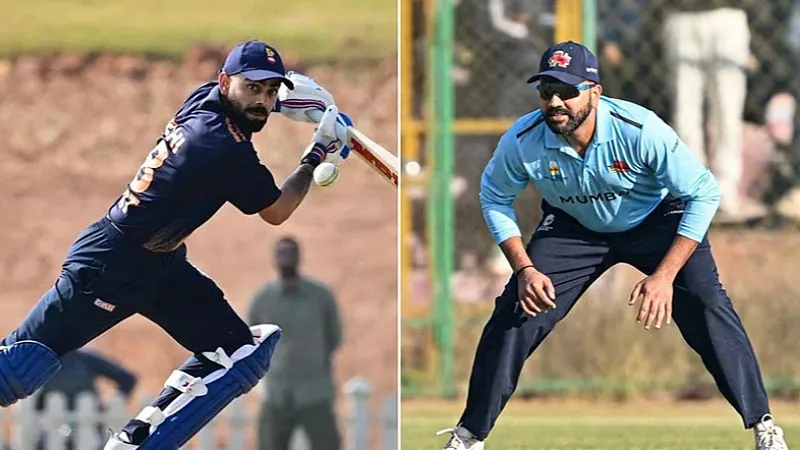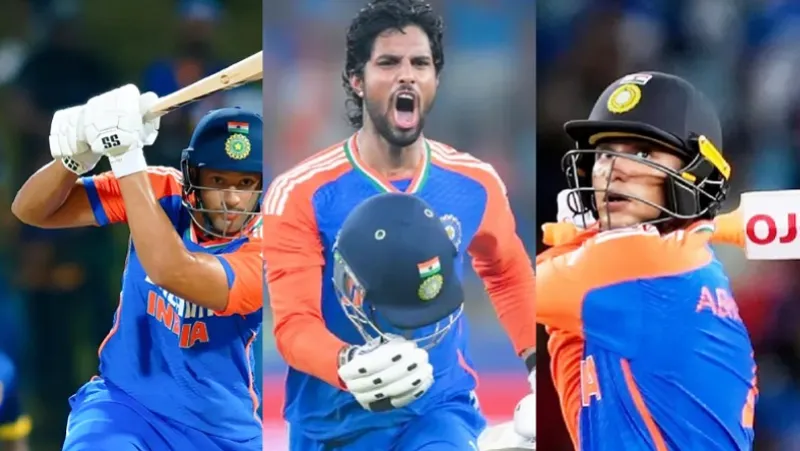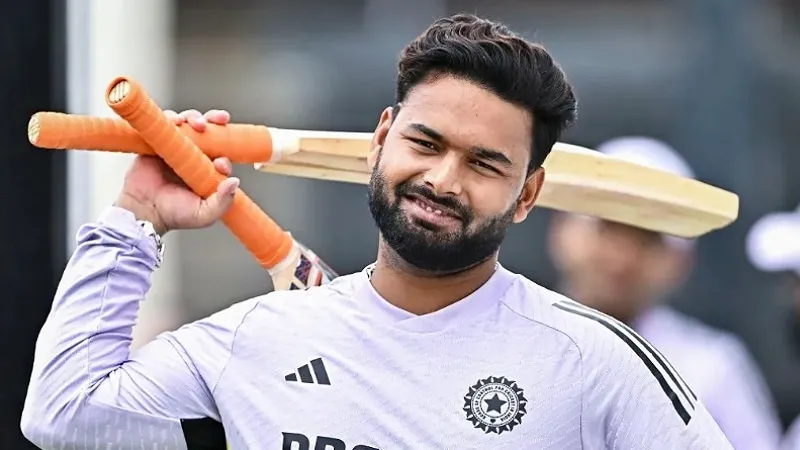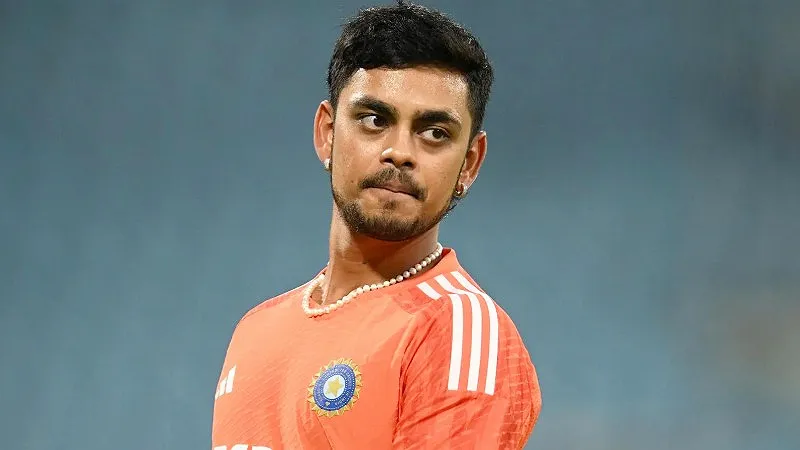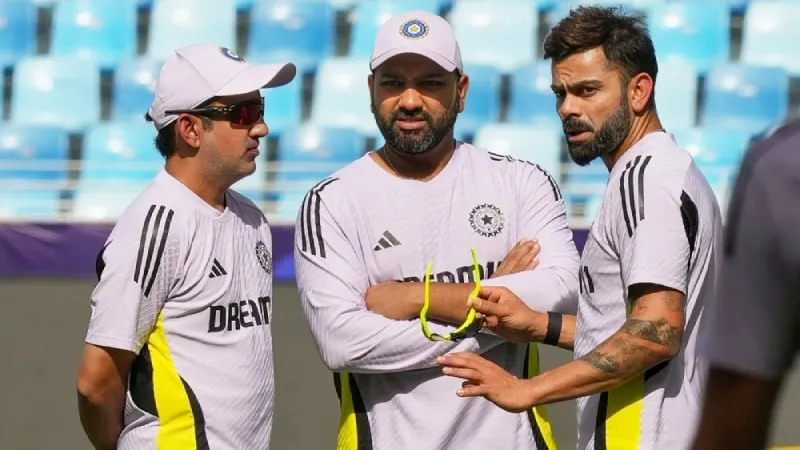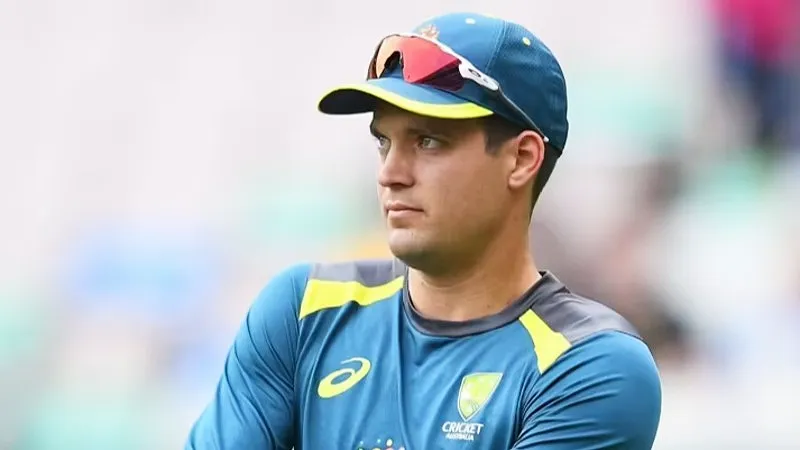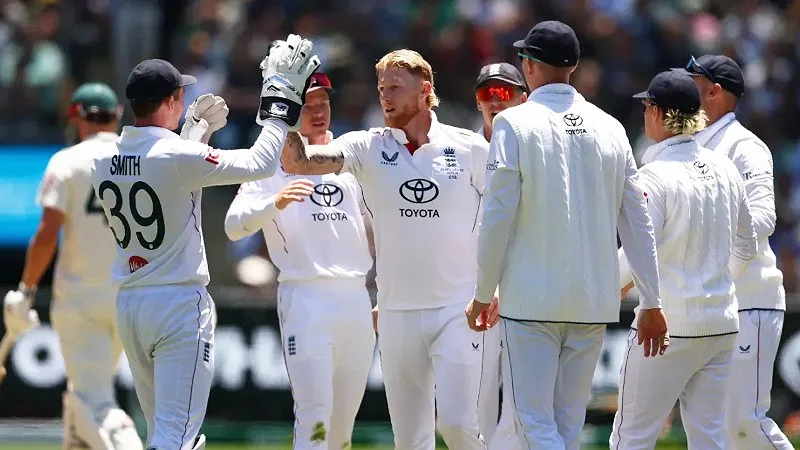The 2023 Caribbean Premier League (CPL) is creating ripples in the cricket world by taking a fresh approach to tackle slow over rates. Both in men’s and women’s matches, the tournament organizers have introduced strict penalties for teams failing to keep up with the required over pace. One remarkable innovation is the addition of a red card-like system, allowing a player to be temporarily taken off the field if the fielding side falls behind at the start of the 20th over. To combat slow over rates, the CPL has come up with a three-level penalty system that gets stricter as the innings advances.
- Start of the 18th Over: Additional Fielder in the Circle
If a team falls behind the required over rate as the 18th over begins, they are required to station one extra fielder inside the fielding circle. This brings the total to five players within the circle. The strategic significance of this shift cannot be understated, as teams need to manage their resources and positions more efficiently to prevent scoring opportunities.
- Start of the 19th Over: Further Reinforcements
Stepping into the 19th over, the stakes increase. Teams lagging behind the prescribed over rate are compelled to introduce two additional fielders into the circle. With six fielders now stationed within the circle, the fielding side must navigate a delicate balance between restricting runs and protecting boundaries.
- Start of the Final Over: A Critical Juncture
The climax of the slow over-rate penalties unfolds at the beginning of the final over. Teams that are still behind the over rate at this point face a substantial setback: they are forced to exclude a player from the field. The choice of the player to be removed falls upon the captain. This situation not only tests the captain’s tactical acumen but also the team’s overall performance.
Batting Teams Also Under Scrutiny
While the slow over-rate penalties predominantly target fielding teams, batting teams are not entirely off the hook. A dual-pronged approach has been taken to maintain the pace of the game and minimize time-wasting:
- Umpire Warnings: A Call to Action
After receiving both a first and final warning from the umpires, the batting team is left with little room for complacency. This serves as a call to action, compelling the batting side to keep the game in motion and not engage in unnecessary delays.
- Time-Wasting Penalty: Striking a Balance
Should the batting team persist in time-wasting despite the warnings, a five-run penalty is imposed for each instance. This places an additional onus on the batting side to ensure swift transitions between overs, thus contributing to the overall momentum of the game.
The 85-Minutes-Per-Innings Rule: A Guiding Principle
The CPL has further solidified its commitment to maintaining a brisk pace of play by incorporating the 85-minutes-per-innings rule. This rule is applicable to T20 cricket and sets specific time benchmarks for different overs within an innings:
The 17th over is required to wrap up within 72 minutes and 15 seconds.
Completion of the 18th over is expected by 76 minutes and 30 seconds.
The 19th over should conclude within 80 minutes and 45 seconds.
The final over must be completed within 85 minutes.
In conclusion, the 2023 Caribbean Premier League is on the cusp of rewriting the rulebook with its innovative approach to tackling slow over rates. The introduction of the red card-like system signifies a monumental shift in the world of cricket.

